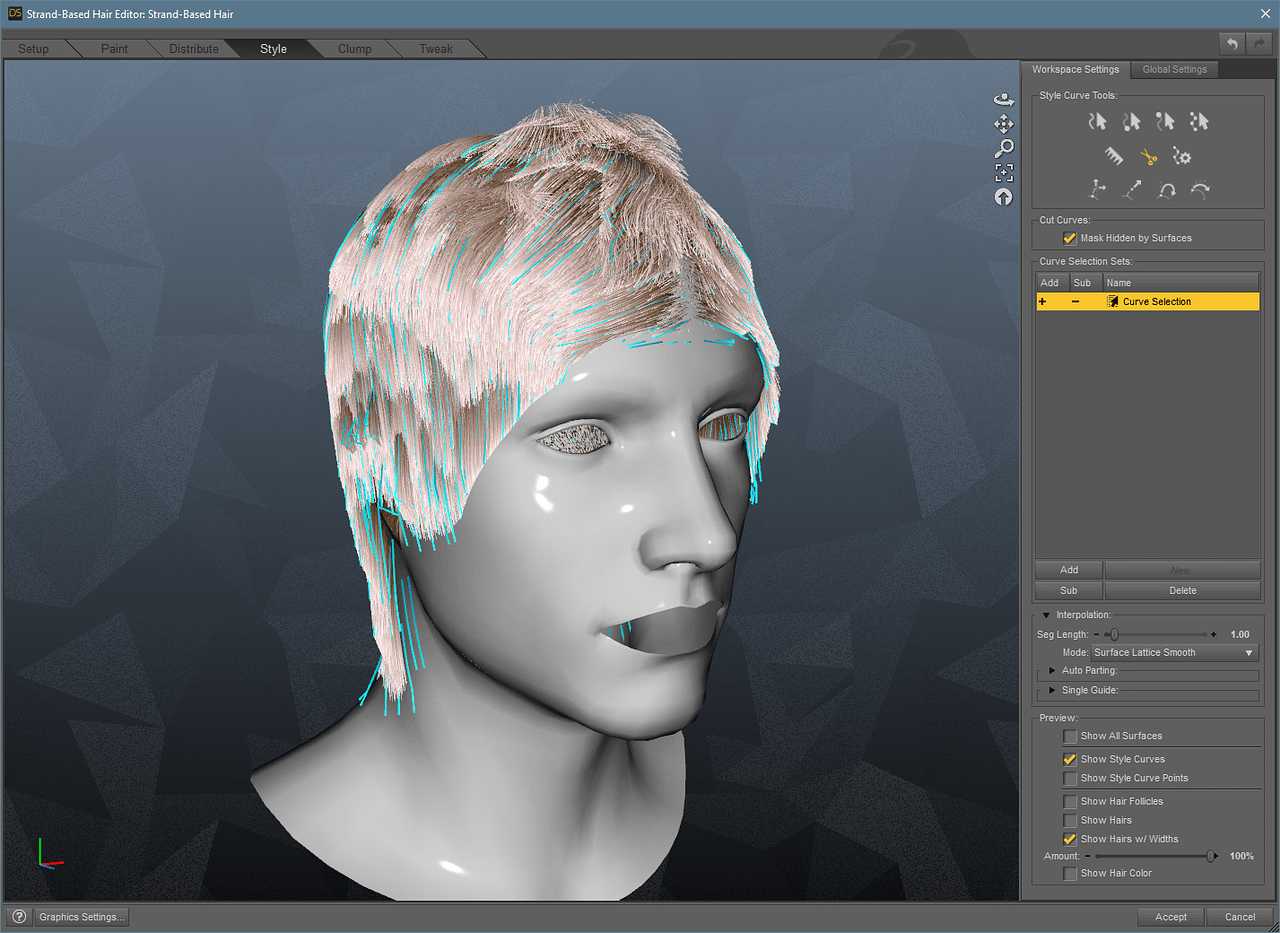


Retopologising (reducing polygons and optimizing the object).Modelling (hard surface, sculpting, cloth simulation, etc).I won’t go into details on each step, I just want you to know that modelling is only the beginning of a longer journey to turn a static mesh into clothing. However, the real work begins when the 3D object is made. For clothing, it usually involves extruding curves and primitives or sculpting tools. The points can be created with traditional modelling tools, 3D sculpting, cloth simulation or a combination thereof. It all involves describing a series of points in 3D space, connecting them and building a surface. Workflow OverviewĬreating 3D objects follows the same basic principle outlined below, however the creation of the geometry differs on the subject matter. Hence this is not a tutorial, but rather a very in-depth answer to a comment I frequently get, in the hopes that it will give readers an overview of the whole process, without getting lost in too many details. If I knew the ins and outs as well as some of the PA’s do, I’d sure share it with you as articles or videos, trust me. Note that I’m not a clothing creator myself, so I’m not the right person to ask about details. I get this question regularly, in which new users ask me something along the lines of, “can I make my own clothes for Genesis, and if so, how do I do this?” Little do most people know what a huge undertaking this is, so I thought I’d outline the principle in basic strokes, to give y’all an overview what’s involved in the process.


 0 kommentar(er)
0 kommentar(er)
